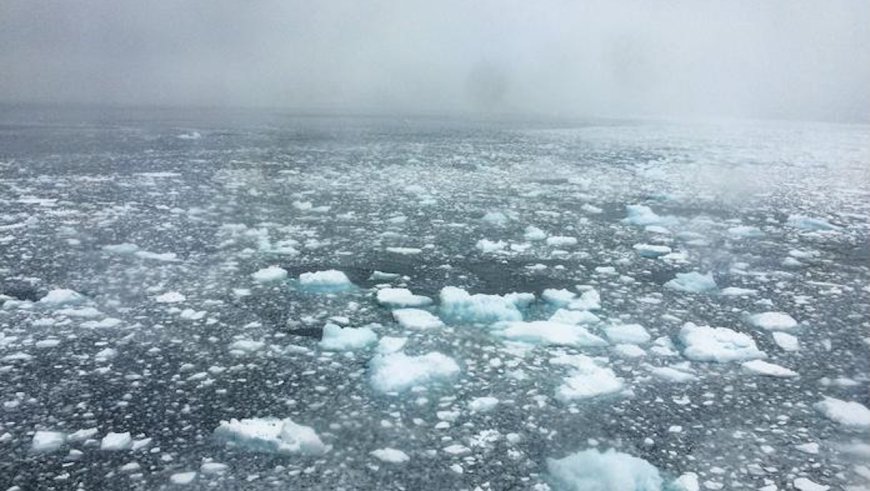Study Reveals Ocean Sugars as Key Ice Nuclei in Southern Ocean Clouds
Research shows that sugar compounds from marine microorganisms in seawater play a major role in ice formation in clouds over the Southern Ocean. These findings shed light on the significance of biological sources for precipitation in remote marine regions, impacting climate models and cloud microphysics.

The majority of ice nuclei in the atmosphere over the Southern Ocean are due to sugar compounds from marine microorganisms in the seawater. These compounds freeze water droplets, affecting cloud and precipitation formation. Ice particles in clouds reflect sunlight more strongly than water clouds, influencing climate. Researchers emphasize the importance of biological sources for precipitation formation in remote marine regions like around Antarctica. Ice nucleating particles (INPs) play a crucial role in ice formation processes, affecting cloud lifespan and radiation properties.
Ice-forming macromolecules from marine microorganisms enter the atmosphere via sea spray. Glucose concentrations in seawater indicate the presence of ice nuclei. Marine fungi and protists produce polysaccharides that catalyze ice formation. Polysaccharides explain the total number of biological ice nuclei between -15 and -20 degrees Celsius. In the Southern Hemisphere, polysaccharides are the most important ice nuclei in the clean air over the oceans.
Climate models need to consider the role of marine sources in ice formation. The study highlights the significance of natural biological components in the atmosphere and the interconnectedness of the biosphere and atmosphere in the Earth system. Ongoing research missions aim to investigate cloud-aerosol interactions over the Southern Ocean to enhance our understanding of cloud microphysics in a clean environment.
According to the source: astrobiology.com.
What's Your Reaction?
 Like
0
Like
0
 Dislike
0
Dislike
0
 Love
0
Love
0
 Funny
0
Funny
0
 Angry
0
Angry
0
 Sad
0
Sad
0
 Wow
0
Wow
0



















































































































































































